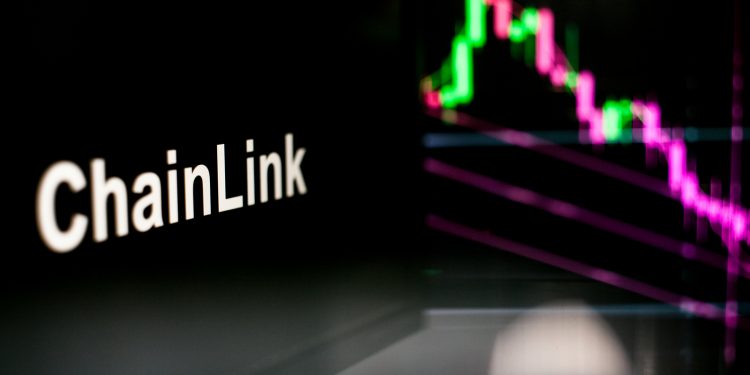Although there is no shortage of enthusiasm for many emerging cryptocurrencies, ChainLink is becoming a clear standout. The blockchain platform has emerged from relative obscurity to become a top performer in both crypto markets and in interest from major institutions. ChainLink’s ascension is a clear example of the dynamic nature of the blockchain space, and as the technology moves mainstream it is positioned to grow even further.
ChainLink has been created to fill a unique need within the blockchain space. It seeks to bridge the gap between smart contracts and real-world data. Data providers, known as “oracles” are well-known to be a crucial component of any advanced distributed ledger system. ChainLink is specifically designed to enable information from oracles to be reliably inputted.
Although there are competing platforms, ChainLink is the clear leader in this specific niche, and its popularity is growing. The team has forged dozens of partnerships with notable institutions such as Binance, Google, and (coincidentally) Oracle Corp. As more mainstream businesses seek to enter the blockchain space, there is little doubt that more will seek to incorporate ChainLink’s network.
In terms of market value, ChainLink has easily outperformed every other significant platform over the past year. It is currently up over four hundred percent from this time last year, and a staggering eighteen hundred percent since late 2017. This growth is remarkable given the steep declines most other platforms have experienced as of late.
It is worth noting that ChainLink is an Ethereum token, and its network operates within the Ethereum ecosystem. Although there are designs in place to enable it to work across many different blockchain platforms, for now this restriction could hinder growth. Ethereum must also successfully implement its scaling solution, and remain a top platform for ChainLink to achieve its potential, which although expected, is far from guaranteed.
ChainLink’s present success is representative of a larger trend in the blockchain space that is seeing platforms advance based on specific use cases and adoption by trusted legacy institutions. In other words, investors are becoming choosy, and are presently more interested in newer, more advanced coins. Cryptocurrencies that serve merely to transfer value, such as Bitcoin, Dash, and Litecoin, are struggling to maintain market share against these competitors that offer more utility.
There is, of course, no guarantee that ChainLink will succeed long-term. Despite the impressive potential, the system that it has created to ensure the accuracy of oracle data has yet to be proven at scale. Within the same context, other solutions are also under development, such as one from Iota that is integrated into is Qubic project.
For now, the mood among ChainLink supporters could not be higher. The platform’s progress is showing no signs of slowing, and it is all but guaranteed to play a key role in blockchain mass adoption. As with all blockchain assets, ChainLink remains highly speculative, yet increasingly investors see it as a risk worth taking.























